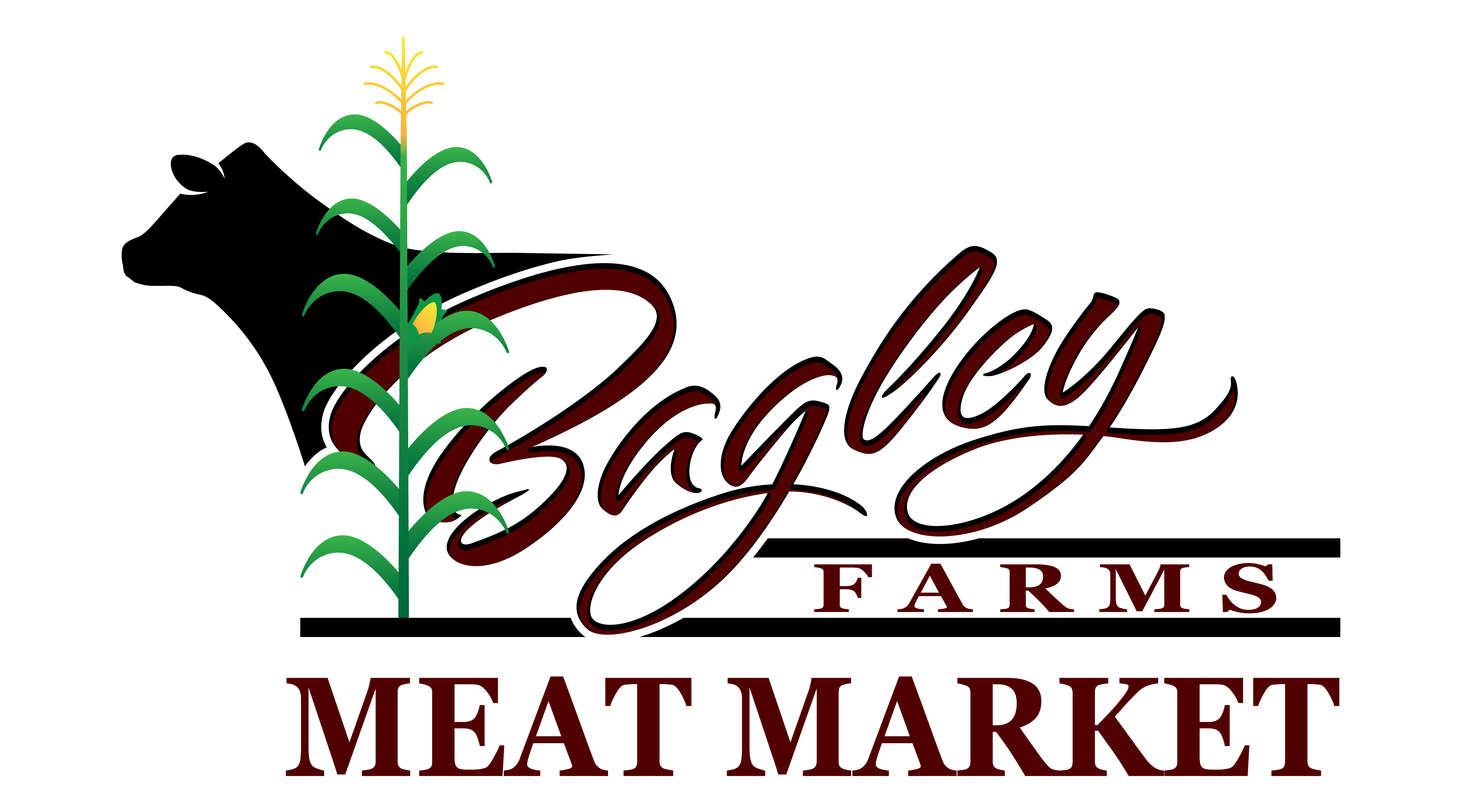Get the best cuts of meat at Bagley Meat Market Edwardsville IL for your next gathering.
Get the best cuts of meat at Bagley Meat Market Edwardsville IL for your next gathering.
Blog Article
Just How to Select the Perfect Cut of Meat From a Trusted Meat Market
Choosing the ideal cut of meat from a trusted meat market needs a thoughtful strategy that balances high quality, cooking purpose, and budget. Recognizing the different kinds of meat and their respective cuts is necessary, as is involving with your butcher to gain insights right into sourcing and preparation.
Comprehending Meat Cuts


For instance, the tenderloin is treasured for its buttery structure and marginal connective tissue, making it ideal for fast cooking methods such as barbecuing or pan-searing. On the other hand, tougher cuts like the brisket or shank gain from sluggish cooking methods to break down collagen, generating rich and flavorful outcomes.
Additionally, the fat material of a cut plays an important role in taste account and wetness retention throughout cooking. Cuts with higher fat content, such as ribeye, use a more durable taste, while leaner alternatives, like sirloin, may need mindful prep work to avoid dry skin (bagley meat market edwardsville il). Understanding these nuances enables informed options that boost cooking creations, making certain that each dish showcases the most effective qualities of the chosen meat
Aspects to Think About
When picking the perfect cut of meat, a number of critical aspects enter into play that can considerably impact the last recipe. Think about the kind of meat you desire-- beef, pork, lamb, or fowl-- as each deals one-of-a-kind flavors and textures. The specific cut within that category is similarly vital; for instance, ribeye delivers rich marbling, while tenderloin provides a lean, buttery texture.
One more aspect is the food preparation approach you intend to make use of. Cuts ideal for barbecuing, such as T-bones or sirloins, vary from those far better matched for slow-moving food preparation, like chuck roasts or shanks. In addition, quality is paramount; constantly pick meat with a vibrant shade and company appearance, signifying top quality and correct handling.
Moreover, take into consideration the resource of the meat. A relied on meat market often provides locally sourced, hormone-free, and grass-fed options, which can improve flavor and dietary worth. Last but not least, your budget will certainly lead your selection. Costs cuts may use outstanding preference, but there are also cost-efficient alternatives that, when prepared properly, can produce scrumptious results. Balancing these elements will certainly assist you select the best cut for your culinary needs.
Inquiries to Ask Your Butcher
A butcher's experience can be indispensable when picking the perfect cut of meat for your cooking ventures. Start by asking concerning the resource of the meat.
Next, ask regarding the various cuts readily available for the kind of meat you favor. A knowledgeable butcher will describe the subtleties of each cut, aiding you select one that matches your food preparation method and preferred result. Do not wait to ask more information about the very best cooking methods for a specific cut; butchers typically have ideas pop over to these guys that can boost your recipe.
It's likewise sensible to inquire about the meat's quality. Ask about the delivery schedule and how commonly the meat is restocked. This will give you confidence in the quality of what you are purchasing. Ask for recommendations based on your individual preference choices. A great butcher will certainly aspire to share their expertise and suggest cuts that will certainly delight your taste buds. Engaging your butcher with these questions can considerably improve your meat selection experience.
Recognizing Top Quality Meat

Structure is an additional critical factor; top quality meat ought to feel solid and somewhat bouncy to the touch. Stay clear of any cuts that feel slimed or exceedingly completely dry, as these can indicate spoilage or incorrect storage. Furthermore, scent plays a crucial role; fresh meat ought to have a clean, neutral scent, while any type of off-putting or sour smells are warnings.
Last but not least, consider the source. Buying from a reliable meat market, where the meat's origin is known, you can try here can make sure higher quality requirements. By concentrating on these indicators-- color, marbling, texture, smell, and resource-- you can with confidence select cuts that will elevate your cooking and dining experience.
Cooking Approaches for Each Cut
Choosing the right food preparation approach is vital for making the most of the taste and inflammation of each cut of meat. Different cuts possess one-of-a-kind attributes that dictate the most ideal cooking techniques.
For tender cuts, such as filet mignon or ribeye, dry warm approaches like cooking, broiling, or pan-searing are excellent. Conversely, tougher cuts, such as chuck or brisket, advantage from wet heat techniques, consisting of braising or slow food preparation.
Pork chops and hen breasts are flexible and can be cooked utilizing both completely dry and wet approaches. While barbecuing or roasting can generate tasty results, poaching or sautéing can maintain moisture and tenderness. For lamb, techniques like roasting or braising are advised, as they enhance the meat's durable flavor.

Final Thought
Finally, picking the optimal cut of meat from a trustworthy meat market requires a comprehensive understanding of meat cuts and factor to consider of numerous variables, consisting of source, top quality, and cooking approaches. Engaging with the butcher via targeted inquiries can produce valuable understandings and recommendations customized to specific culinary demands. Prioritizing both quality and budget plan will certainly enhance the general gastronomic experience, ensuring that the selected cut fulfills expectations in both flavor and prep work.
Report this page